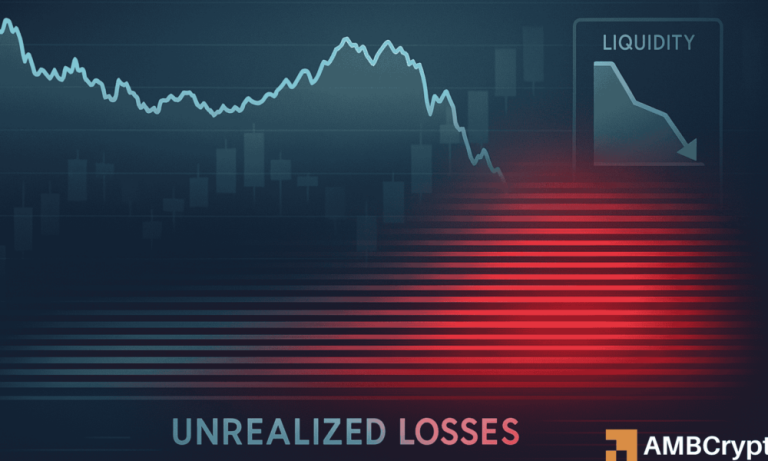
Understanding Bitcoin’s Recent Volatility: What’s Driving the Market?
The cryptocurrency market continues to showcase its volatility, with Bitcoin recently dipping to $94,000 and Ethereum at $3,140. Over the past week, Bitcoin fell by more than 11%, while Ethereum recorded a 13% decline, reflecting the broader market fluctuations. However, experts suggest that this isn’t necessarily a cause for alarm, but rather a normal phase in the market’s cycle.
Key Drivers of Bitcoin’s Dip
According to Cryptoquant CEO Ki Young Ju, the current market dip can primarily be attributed to long-term holders engaging in rotations among themselves. He mentions, “Old Bitcoiners are selling to traditional finance players who intend to hold for longer periods.” While this shift might appear unsettling to short-term investors, it is actually indicative of a market that’s maturing, with increased participation from institutional players.
In fact, new liquidity channels, such as Exchange-Traded Funds (ETFs), institutional firms like MicroStrategy, and sovereign wealth funds, continue to inject fresh capital into the market. This influx of liquidity has significantly altered the traditional crypto market structure, making standard cyclical patterns less predictable.
Short-Term Panic or Long-Term Opportunity?
On-chain data reveals that much of the recent decline stems from short-term holders engaging in panic selling and deleveraging, while long-term holders are undergoing routine profit-taking. Despite this, new investments from short-term holders indicate a steady interest in the market. Analysts suggest that this downturn is a standard correction in a bull market rather than a sign of a cycle-top reversal.
Samson Mow, CEO of JAN3, stresses that now is not the time to be bearish. With Bitcoin representing a finite asset, institutions like Tether and others with significant revenue streams view the price dip as a “discount” at roughly 20%, prompting accelerated buying. Mow further asserts, “Bitcoin’s absolute scarcity ensures that demand will eventually result in price appreciation.”
The Role of Institutional Investors
Institutional investors are reshaping the cryptocurrency market in unprecedented ways. Sovereign wealth funds, pension funds, and corporate treasuries are contributing substantial liquidity, driving the market towards stability and higher adoption. MicroStrategy, one of the most prominent Bitcoin holders, continues to lead with its aggressive accumulation strategy.
This emerging trend underscores the importance of understanding the evolving dynamics of the crypto space. Products like the Crypto.com Visa Card allow users to easily access cryptocurrencies and make purchases, marking the integration of crypto into daily life.
Looking Ahead: Why Patience Pays in Bitcoin
For investors, understanding Bitcoin’s scarcity and the growing demand among institutional buyers is crucial in recognizing its long-term potential. Market corrections, panic sell-offs by short-term holders, and strategic buy-ins by big players are shaping the narrative of this asset class. As more liquidity flows into the market, Bitcoin’s limited supply is likely to drive prices higher over time.
Stay informed and make educated decisions when navigating the crypto space. Platforms like CoinPedia provide accurate and timely updates to assist crypto enthusiasts in staying on top of market trends and developments.



